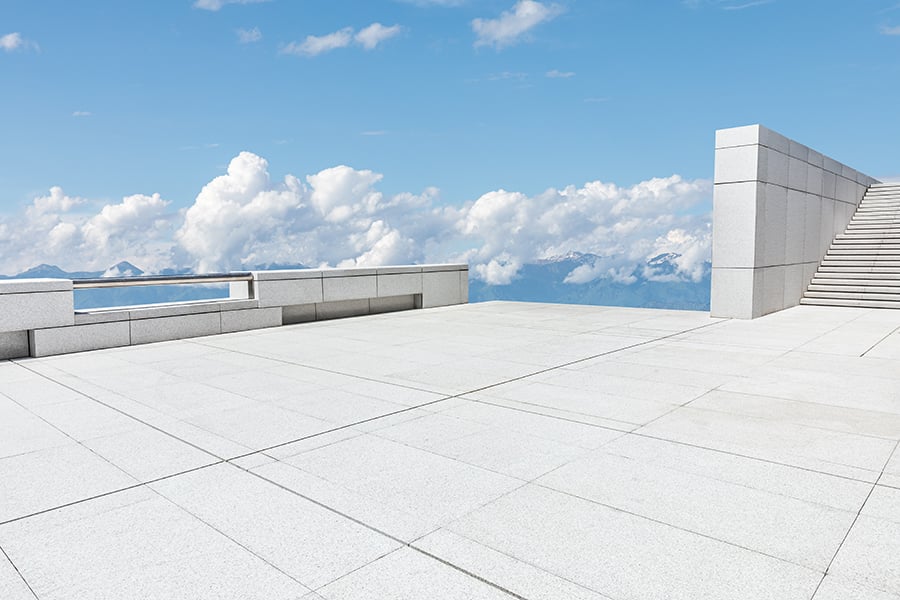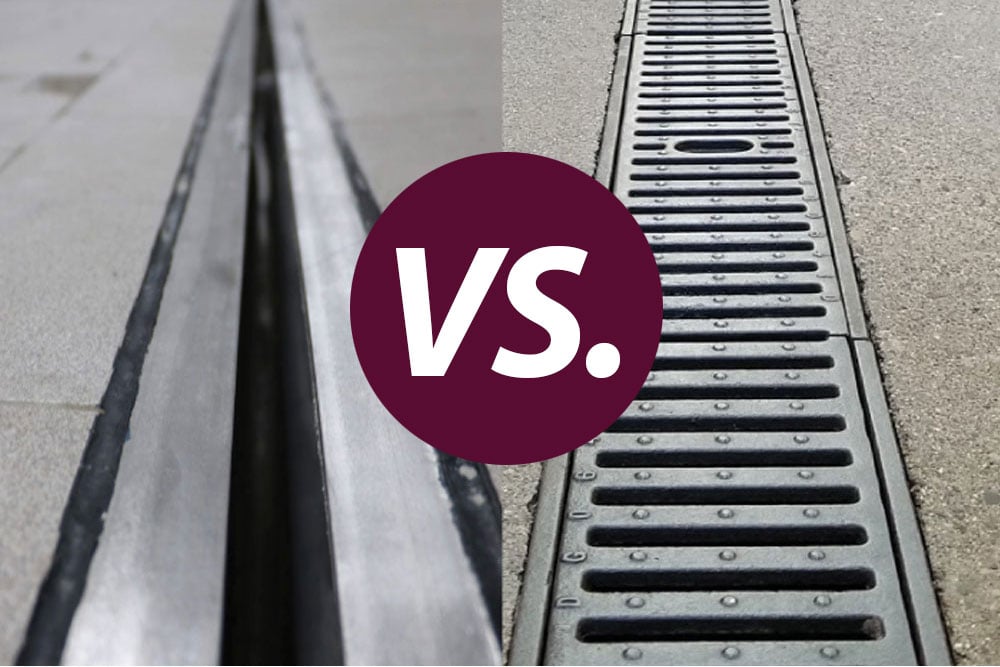One of the biggest nightmares for homeowners is flooding. Floodwater can cause varying degrees of damage, but the worst is the potential for foundation damage. It is an issue that can quickly escalate, leading to severe structural issues, water damage, and mold inside of your home. Outside, you can find severe soil erosion, which leads to ditches and dead plants and grass in your yard.
Preventing these issues is as simple as installing a French drain to help manage water runoff. A French drain is a simple system, but you need to install it correctly to avoid these common French drain mistakes:
1. Not Understanding Zoning Regulations
When planning your French drain, you want to talk to your local building authorities to have a clear understanding of the zoning regulations. It is crucial to have a clear understanding of these regulations so that your drain does not impact public space or anyone else's land, which can result in legal issues. When you contact the proper officials, someone will come and mark your property to identify property and utility lines so that you know where it is safe to dig.
2. Overlooking the Direction of Waterflow

Before you can start installing a French drain, you need to take a moment to study the area, focusing specifically on the flood-prone areas. Figure out the direction your French drain needs to go to ensure that water flows away from your property. You will also want to consider how the gravel in the French drain may affect the use of the yard space in terms of appearance and usability.
3. Using the Wrong Type of Rock for Drainage
The rocks you choose to fill your French drain matter as well. The rocks you choose need to allow for adequate drainage and permeability. You will need to choose rocks that aren't too big or too small, with 1-1/2 inches being the ideal size for the best drainage. Clean round rocks that have been washed are the best to use, but if crushed stone is the only option, you need to use a sock-wrapped drainpipe to prevent the stone from clogging the pipe's perforations.
4. Not Lining the Trench with Drainage Fabric
One of the biggest French drain mistakes is not lining the trench with drainage fabric. A drain requires a fabric lining to act as a soil separator, in order to prevent any dirt and debris from getting into the drain's gravel lining so water can flow freely. Excluding drainage fabric from your design means there is no separation between the dirt and the drain, which can lead to reduced capacity and, eventually, clogging and system failure.
5. Selecting the Wrong Type of Drainage Fabric
There are two types of geotextile landscape fabrics: woven and nonwoven. Woven fabrics are best used as ground cover for weeds or under gravel driveways and paved roads since they are less permeable. Nonwoven fabrics use a permeable, felt-like material engineered with drainage in mind. The fabric allows water to pass through while preventing dirt and debris from potentially clogging your system.
6. Skipping the Drain Pipe
French drains help direct surface water to the desired location, away from a home's foundation. In a French drain system, water filters through the rock layer to a perforated pipe, 4" to 6" in diameter, and flows towards an end location. Having a drain pipe is critical for the function of a French drain; without it, the system cannot handle heavy levels of water runoff, making it less effective.
7. Placing Excavated Soil Back in the Trench
French drains get installed to help areas where the soil does not allow for proper drainage. Installation requires excavating soil for a trench, and while it may seem like a good idea to put the excavated soil back in place, it is something to avoid. Replacing the soil on top of the drain can reduce its capacity and potentially cause clogging.
8. Routing a Downspout into the French Drain
Another of the typical French drain mistakes homeowners make is routing their downspout into the drain. Water runoff from downspouts can overwhelm the French drain, especially during heavy rains. Ideally, you want to install a catch basin before the drain field and then tie the French drain to that catch basin. Installing a catch basin helps manage the water and allows you to clean out leaves and other debris to ensure the drain doesn't clog.
9. Lack of Positive Slope for the Drain
For all drain systems, ensuring the right slope is critical. Otherwise, water will pool–or go in the wrong direction. French drains require a positive slope that descends at a rate of 1% to ensure the most effective flow of water runoff.
10. Misdirecting the Pipe Holes
The pipe used in a French drain has holes that allow the water to filter through and flow away from the house. These holes are essential to a French drain, and you need to point them in the right direction. Pointing it sideways seems logical, but you want it pointing downward for the most effective drainage possible.
Getting the French Drain Right
A French drain is a useful tool to help with landscaping drainage issues. These simple systems are extremely effective when done right. The key is taking the time to plan and use the right materials. By avoiding these common French drain mistakes, you will have a system that will work effectively and protect your home and foundation from water runoff for years.
If you have any questions, contact the drainage experts at Landscape Drains today to learn more.


